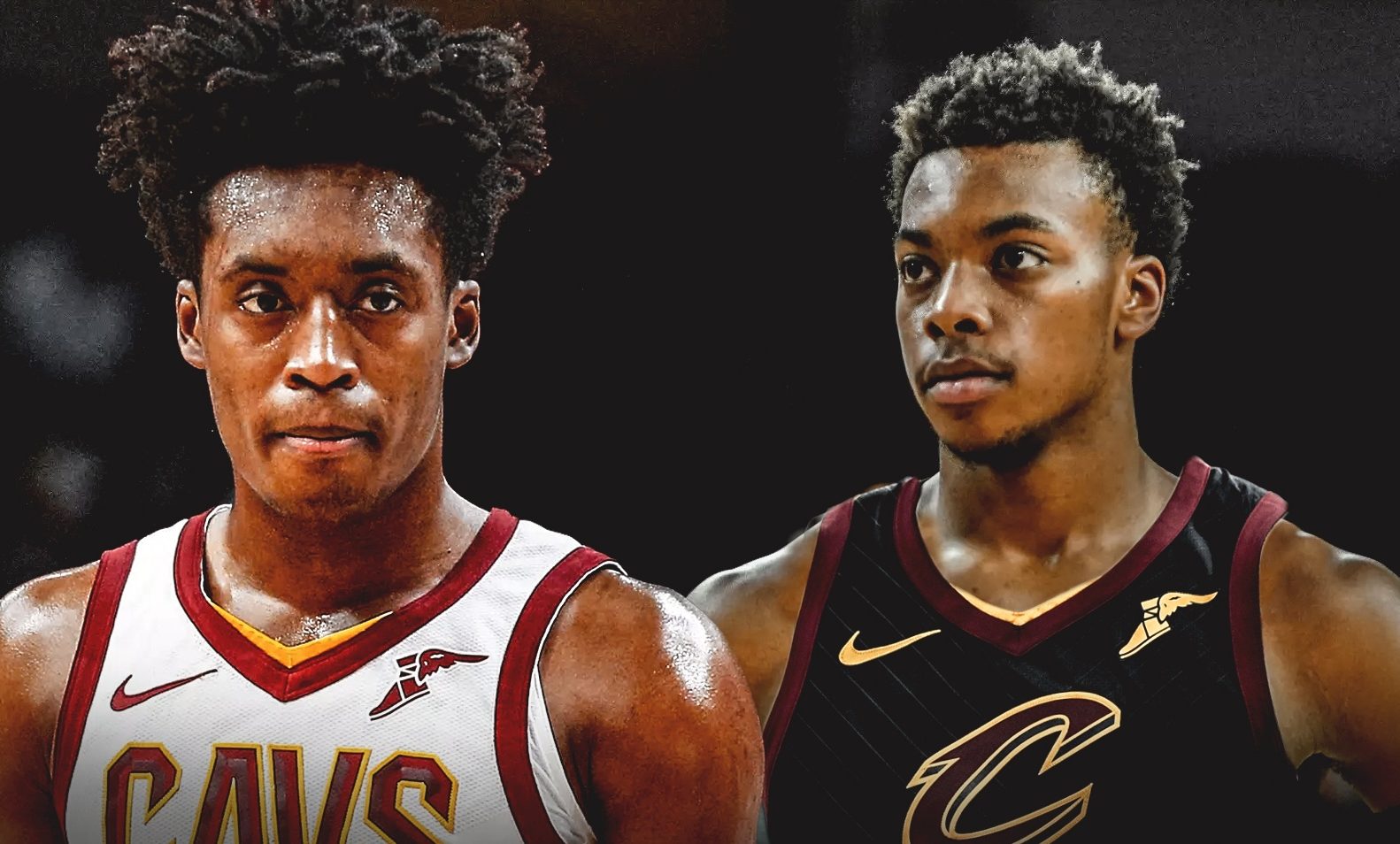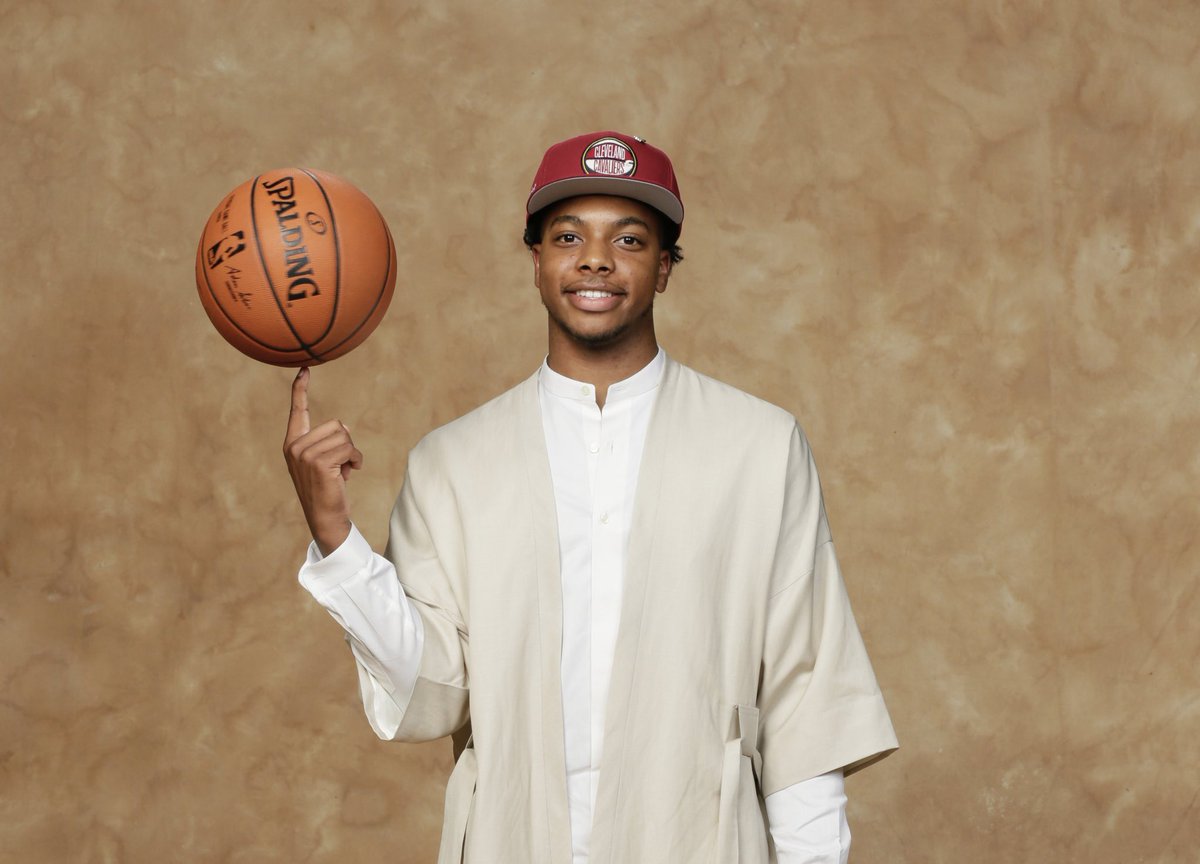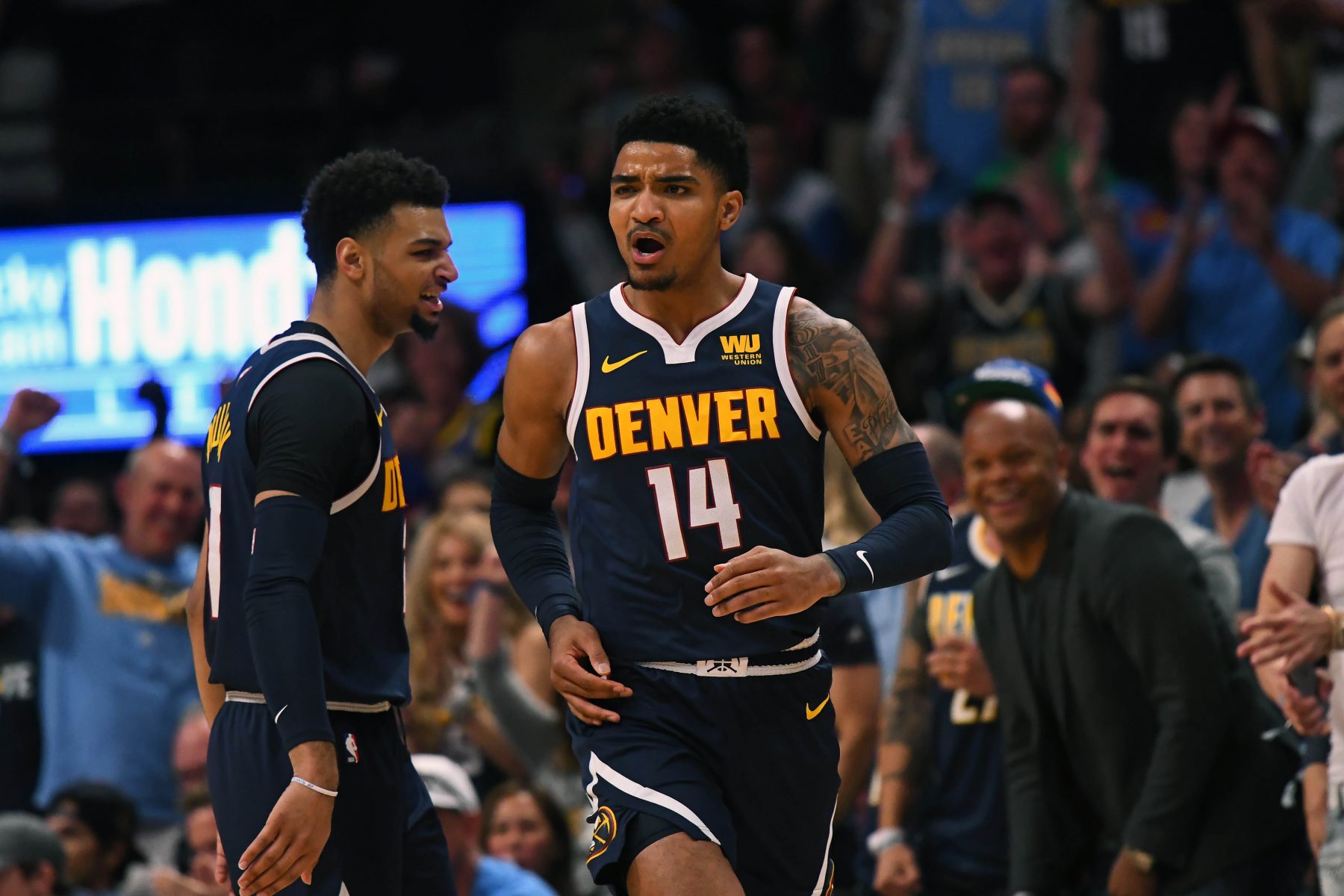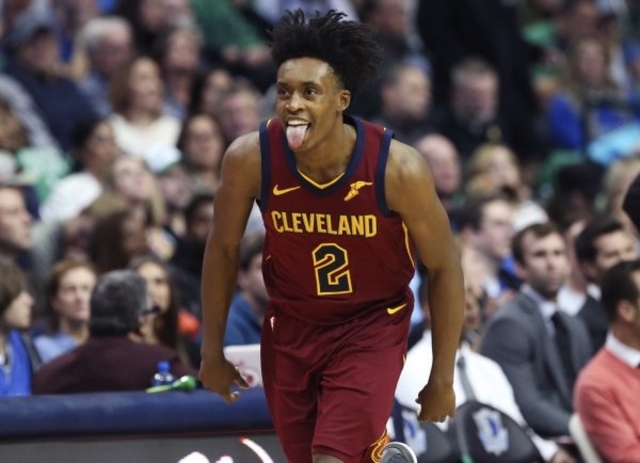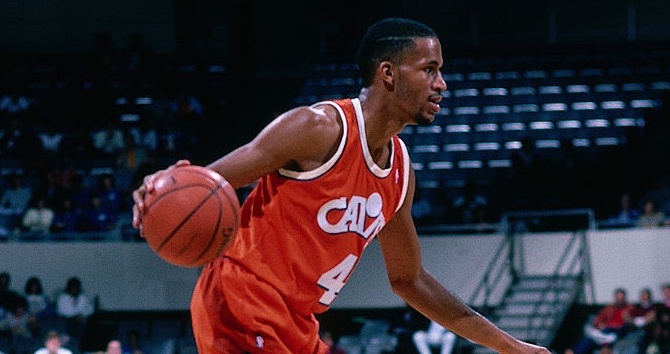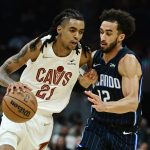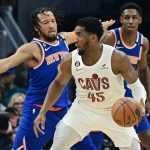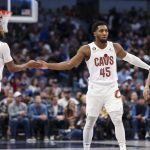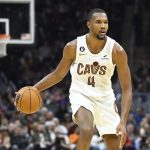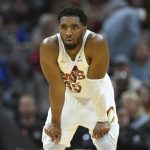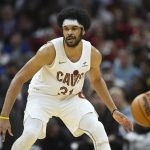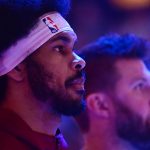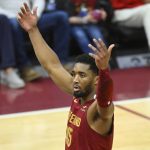The Cleveland Cavaliers are in rebuilding mode after LeBron James left last year to pursue his championship goals elsewhere.
It was the second time this decade that the Cavs have been ditched by the four-time MVP, but the breakup was more civil last summer after he delivered Cleveland’s first and only championship in 2016.
Nonetheless, the Cavs are left to pick up the pieces from losing the greatest player in franchise history.
It will undoubtedly take them some time to achieve title-contender status once again.
But should they rebuild through the draft or create a future title team by trading away some of their young players?
Rebuilding Through the Draft
The 2019 NBA Draft could have jump-started the Cavs’ rebuilding efforts with talented rookie Zion Williamson.
However, the Cavs had the misfortune of missing out on the coveted top pick of the draft, which went to the New Orleans Pelicans. The Cavs settled instead for the fifth pick, selecting Vanderbilt University’s Darius Garland.
As good as Garland is, few expect him to change the fortunes of a franchise like Williamson, who many believe is the league’s next great player. But Garland is a talented player whom some consider as a dark horse candidate for Rookie of the Year.
“We think he’s one of the few players in this draft who has a chance to eventually be an All-Star,” Cavs general manager Koby Altman told Terry Pluto of Cleveland.com.
Prime Examples for the Cavs
Among today’s teams that have built a championship contender through the draft are the Philadelphia 76ers and Denver Nuggets.
Ben Simmons and Joel Embiid are two franchise players whom the Sixers drafted two years apart. Both are already All-Stars who are capable of winning MVPs someday. They’re the kind of young talent that the Cavs dream of acquiring in future drafts.
Meanwhile, the Nuggets have a very solid and deep team centered around the massively talented Nikola Jokic. Jamal Murray, Gary Harris, Monte Morris, and Malik Beasley are well-rounded role players that make the Nuggets machine work. All five players were either drafted by the Nuggets or traded for on draft day.
Both the Sixers and Nuggets have as good a shot as any to win the championship this season, and they did so by slowly building a team organically.
Altman was content this summer to let the free-agency frenzy play out without participating in any of the big offseason signings and trades, indicating that the franchise’s focus is different from that of many teams.
“I don’t know how big of a player we’re going to be in free agency,” Altman said before the July 1 free-agency period started. “Right now, we’re pretty focused on what we have.”
And what they have is plenty of youths.
Youth Movement
Aside from Garland, the Cavs also added exciting wing players Dylan Windler and Kevin Porter Jr. through the 2019 draft.
Collin Sexton, last year’s lottery pick, has a lot to prove this season after a roller-coaster rookie year that ultimately landed him a spot on the NBA’s All-Rookie Second Team.
These four players figure to get playing time this season as coach John Beilein develops his very young core. Third-year players Cedi Osman and Ante Zizic are under-25 players who also comprise the team’s young core.
Are they a good enough core? Not really. That’s where trading for veterans come in.
Trading Young Players for Veterans
The Cavs ought to look at their own history to find a blueprint for tomorrow’s success in terms of trading youth for vets.
Back in 1987, the Cavs selected Kevin Johnson in the first round of the draft even though they already took Mark Price the year before. But the team made themselves better by trading Johnson to the Phoenix Suns midseason for All-Star forward Larry Nance, who quickly became one of the Cavs’ best players.
Cleveland became a title contender and Johnson went on to become an All-Star.
Perhaps the Cavs chose the 6-foot-2 Garland, despite the presence of the equally minute Sexton, to see which player fits in their long-term plans. There’s a chance that one of them could grow and develop into an All-Star elsewhere, but that will be determined in the near future when they finally play together this season.
The Cavs’ foundation is teeming with potential, but it isn’t as deep as the Nuggets’ or Sixers’ which explains Cleveland’s murky future at this time.
Nevertheless, Altman would be wise to consider only the best players in the league if they were to give up any number of their young guys for a veteran.
An Example to Avoid
In 1989, the Cavs thought a rookie by the name of Danny Ferry would be worth the investment when they traded for him in exchange for their high-flying top scorer, Ron Harper.
Everyone knows now what a huge blunder that was.
Ferry was nothing more than a career role player while Harper went on to average 19.3 points during his four and a half seasons with the Los Angeles Clippers. He also became a five-time NBA champion before his career was over.
This is the kind of deal that Altman has to avoid at all costs when fielding in offers for Kevin Love and Tristan Thompson, their two veterans who may be headed to different teams before next year’s trade deadline.
What’s Next for the Cavs?
Championship teams can be built either through the draft or by deftly trading youth for veterans. Oftentimes, it’s a combination of both plus the addition of a big-name free agent.
Altman has to be strategic when it comes to considering the future of Love, who’s a potential target of playoff and title contenders this season. A combination of draft picks and maybe a potential All-Star would be the ideal exchange, but Cleveland has to strike a deal when Love’s value is at its highest.
The Cavs’ outlook next summer is brighter than one might expect, with the salaries of Thompson, Jordan Clarkson, Brandon Knight, Matthew Dellavedova and John Henson coming off the books. They will have financial flexibility by then which will help in evaluating their assets.
The NBA has informed teams of currently projected salary cap and tax level in 2020-21 ($116M/$141M) and 2021-22 ($125M/$151M), sources tell @TheAthleticNBA @Stadium. It is $1M lower for '20-21 and unchanged for '21-22 based on previous projections.
— Shams Charania (@ShamsCharania) September 16, 2019
The NBA’s salary cap is projected at $116 million for the 2020-21 season. If it remains so, then the Cavs would have $68.9 million in salary cap room to play around with next summer.
Rather than take on bad contracts or commit big bucks to a so-so All-Star with their cap room, it would be preferable for the Cavs to enjoy the salary-cap flexibility for a year. They can then become big players the following summer when several first-rate stars such as James, Giannis Antetokounmpo, Kawhi Leonard and Paul George potentially become free agents.
Patience is key for the Cavs. But they also need to wisely assess the market for any good deals that can lead to better ones down the line.
That means keeping their young core only as necessary until they can land a franchise player and a couple of stars to build around, whether through the draft or by way of a blockbuster trade.

